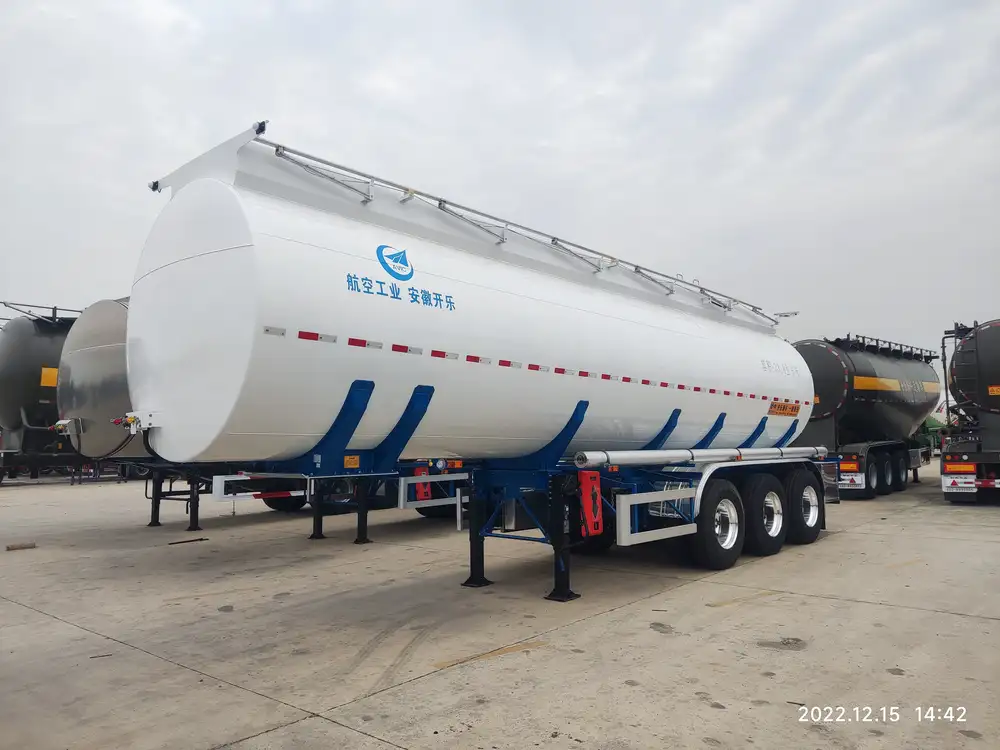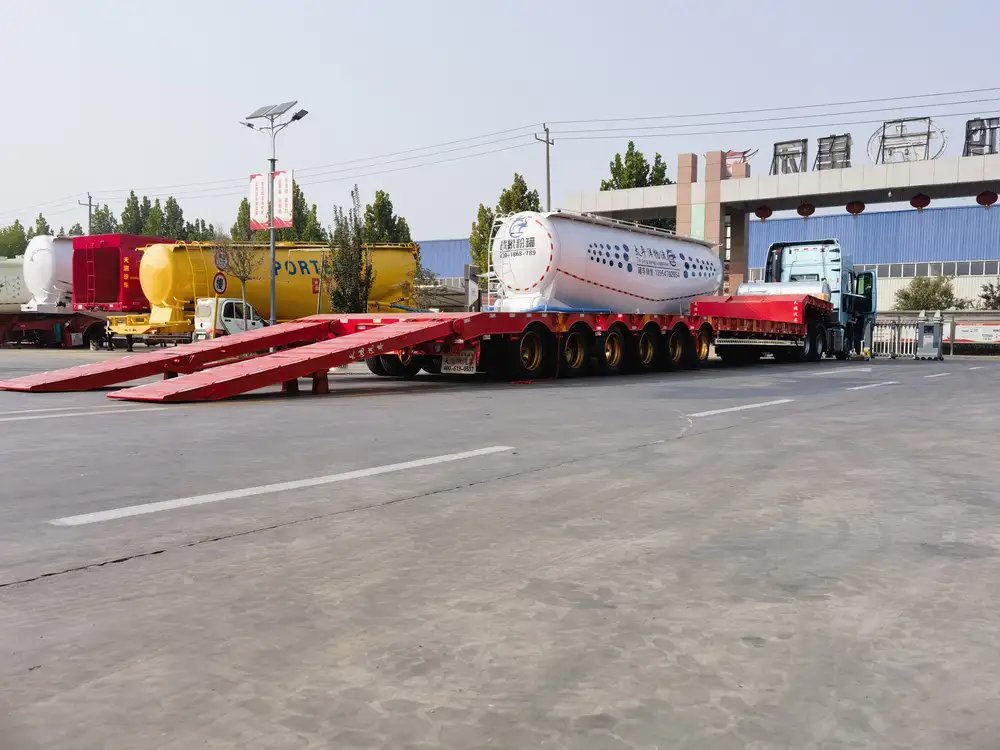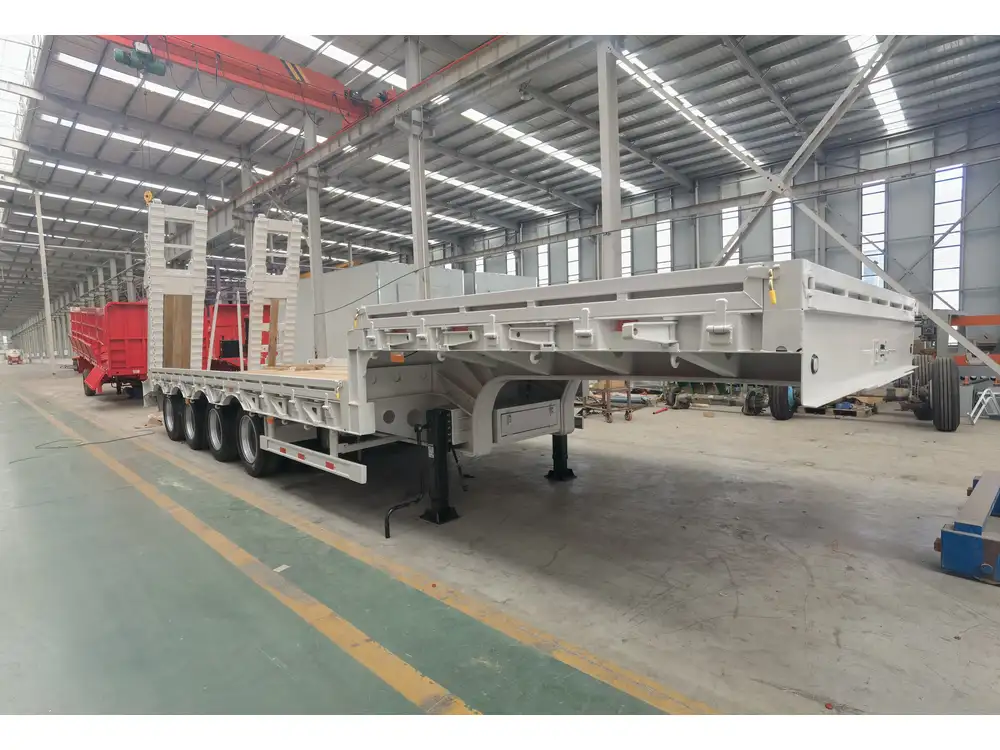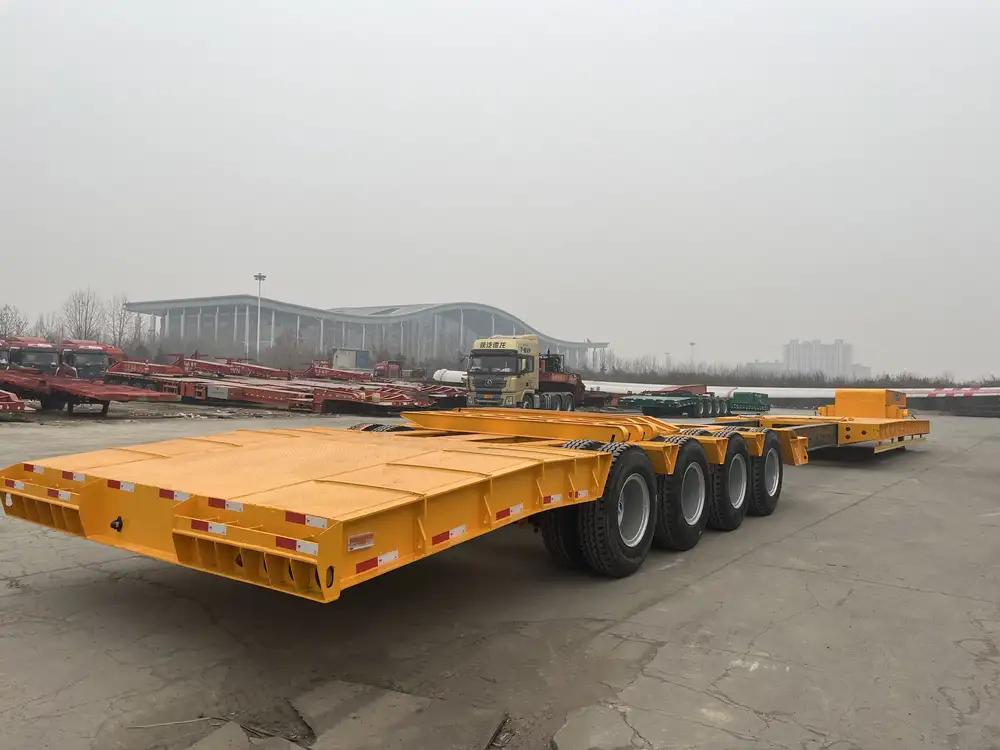When navigating the realm of semi-trailers, understanding the components and their respective weights is crucial. Not only does it contribute to overall vehicle load, but it also plays a significant role in safety, regulatory adherence, and operational efficiency. In this guide, we explore the question: How heavy is a semi-trailer door?
Key Factors Influencing the Weight of Semi-Trailer Doors
1. Material Composition
The materials used in the construction of semi-trailer doors can vary widely. The most common materials include:
Aluminum: Lightweight and resistant to rust, aluminum is favored for its strength-to-weight ratio. A typical aluminum door weighs between 200 to 300 pounds.
Steel: While more robust and often less expensive, steel doors add significant weight, usually ranging from 400 to 600 pounds. Their durability under high-stress conditions makes them a popular choice for heavy-duty applications.
Composite Materials: A growing trend in the automotive industry, composites are engineered to provide a balance between weight and strength. These doors can weigh 150 to 250 pounds depending on their design.

2. Door Design and Configuration
Semi-trailer doors come in various designs, each influencing the overall weight:
Swing Doors: Traditionally used on flatbeds and van trailers, swing doors consist of two panels that open outwards. Their combined weight can average 300 to 800 pounds, depending on size and material.
Roll-Up Doors: Common in cargo and shipping trailers, these doors operate by rolling up into a compartment. Generally lighter than swing doors, they usually weigh between 200 to 400 pounds.
Liftgates and Ramp Doors: Used for easy access, particularly in delivery vehicles, these doors add extra mechanism weight, often pushing the total weight to 400 to 700 pounds.
3. Size and Dimensions
The size of the door directly correlates with its weight. Standard sizes range from 7 feet to 8.5 feet in height and 8 feet to 53 feet in length for trailers, with larger doors naturally increasing overall weight.
| Door Type | Dimensions | Material | Approximate Weight |
|---|---|---|---|
| Swing Door (Aluminum) | 8 x 7 feet | Aluminum | 300 pounds |
| Swing Door (Steel) | 8 x 7 feet | Steel | 500 pounds |
| Roll-Up Door | 8 x 8.5 feet | Composite | 200 pounds |
| Liftgate | 8 x 7 feet | Steel/Alum | 600 pounds |
4. Hardware and Accessories
Additional hardware needed for operation can contribute to the weight:
Hinges and Latches: The presence of heavy-duty hinges and robust latches can add about 20 to 50 pounds.
Weather Seals: Though lightweight, effective insulation and sealing can contribute additional pounds, generally around 10 to 15 pounds.
Lighting and Safety Equipment: Added features, such as lighting systems for safety, can cumulatively add another 15 to 30 pounds.

5. Regulatory Standards and Compliance
Safety compliance mandates that all semi-trailer components—including the doors—adhere to specific weight and strength requirements. In regions like North America, specifics outlined by the Department of Transportation (DOT) can influence the weight of door materials chosen by manufacturers, where strictly enforced regulations might compel the use of thicker materials, thus increasing weight.
Weight Considerations for Operations
Understanding the weight of semi-trailer doors is not merely an exercise in numbers; it holds significant implications for operators and fleet managers.
Impact on Payload Capacity
The total weight of the trailer, including the doors, contributes to the gross vehicle weight rating (GVWR). Operators must strategically plan their payload to avoid overloading, which can lead to penalties imposed by regulatory bodies.

Fuel Efficiency Concerns
The weight of a vehicle impacts its fuel efficiency. Heavier doors may result in increased fuel consumption, thus elevating operational costs. A careful assessment of materials and design may be necessary for businesses focusing on sustainability and efficiency.
Maintenance and Repair
Heavier doors, particularly steel ones, may suffer more from fatigue over time, necessitating routine maintenance or replacement. Operators should consider the potential for increased wear on hinges and locking mechanisms in heavy-duty applications.
FAQs About Semi-Trailer Door Weight

1. How can I determine the exact weight of my semi-trailer door?
To accurately measure the weight of your semi-trailer door, consult the manufacturer’s specifications or utilize a scale. For a precise assessment, consider weighing the entire trailer with and without the doors.
2. Do lighter doors compromise safety?
Not necessarily. While lighter materials can reduce overall weight and improve fuel efficiency, safety depends on proper design and adherence to manufacturing standards. High-quality aluminum doors can be as safe as steel alternatives if engineered correctly.
3. How does the weight of semi-trailer doors affect vehicle handling?
Heavier doors can shift the vehicle’s center of gravity, possibly impacting handling. Ensuring adequate distribution of weight throughout the trailer is crucial for maintaining stability, especially while cornering or maneuvering with heavy loads.

4. Are there innovative solutions for reducing door weight?
Yes, manufacturers are exploring advanced materials such as carbon fiber and high-strength alloys that can maintain structural integrity while significantly reducing weight.
Comparative Analysis: Aluminum Vs. Steel Semi-Trailer Doors
Understanding the advantages and disadvantages of different door materials can assist manufacturers and fleet operators in making informed decisions.
| Criteria | Aluminum | Steel |
|---|---|---|
| Weight | Lightweight | Heavier |
| Cost | Generally higher | Usually lower |
| Corrosion Resistance | Excellent resistance | Prone to rust if not properly coated |
| Strength | High strength-to-weight ratio | Very strong, suitable for heavy-duty |
| Maintenance | Lower maintenance | Requires regular checks to prevent rust |
| Thermal Conductivity | Higher, which can affect insulation | Lower, providing better insulation |
Conclusion: Importance of Understanding Semi-Trailer Door Weight
In conclusion, the weight of semi-trailer doors is a multifaceted topic that encompasses various elements, from material selection and design to compliance with regulatory standards. Understanding how heavy a semi-trailer door is, not only aids in operational planning but also enhances safety, efficiency, and cost-effectiveness for manufacturers and fleet operators alike.
As the transportation industry evolves, embracing materials and technologies that influence the weight and performance of semi-trailer doors will be pivotal in shaping future logistics and transport methodologies. Investing in knowledge and best practices surrounding these components will empower decision-makers with the necessary insights to keep their operations efficient while adhering to safety protocols and regulations.
Ultimately, a comprehensive understanding of door weight can improve operational strategies, from load planning to maintenance schedules, enabling enhanced performance in an ever-competitive market.



